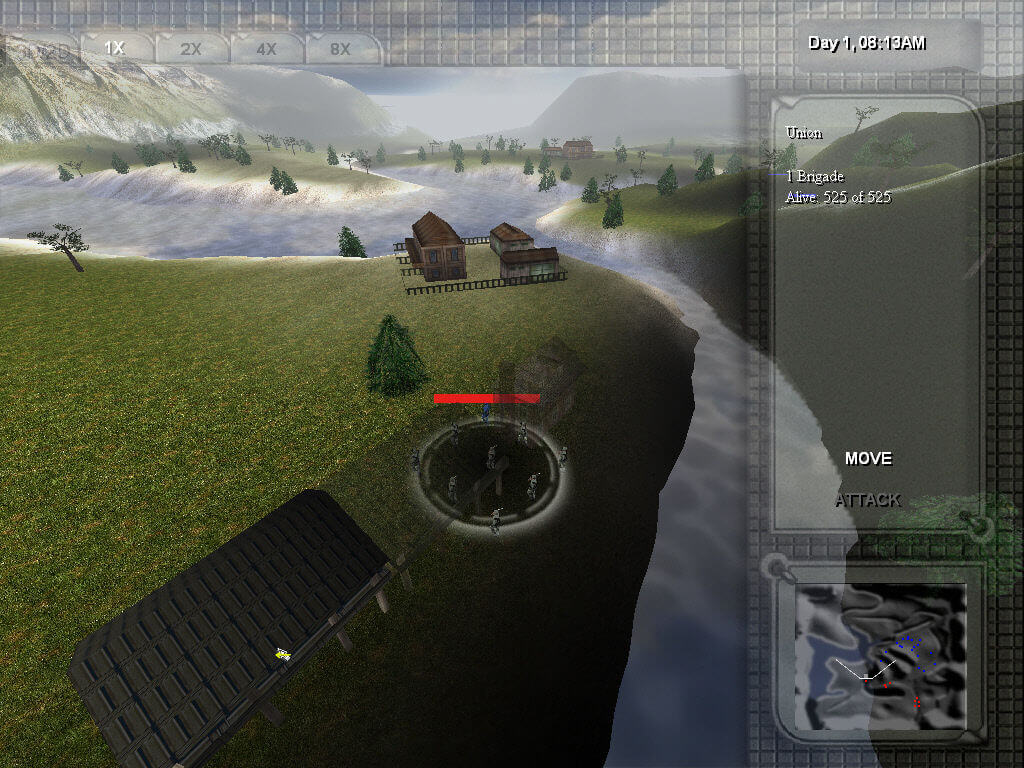

In the months following the attack on Pearl Harbor in December 1941, the Japanese drove the Americans out of the Philippines, the British out of British Malaya, and the Dutch out of the East Indies. Japanese soldiers, killed while assaulting US Marine positions at the mouth of Alligator Creek In 1932, the British confirmed the name Guadalcanal in line with the town in Andalusia, Spain.

Guadalcanal was not seriously affected by World War I. By the early 20th century, large agricultural plantations (specialising in copra) run mainly by Australians were established in the region. However, Germany eventually handed over most of their protectorate to Britain in 1899. Germany established a protectorate over the northern Solomons in 1884 while in 1893, the British Solomon Islands Protectorate was proclaimed which included the island of Guadalcanal. In the 1880s, the Germans and the British vied for control of the Solomons. Beginning during the 1860s, about 60,000 natives from many parts of the Solomon Islands were indentured and sent to Australia or Fiji to work on plantations. With these outsiders also arrived foreign institutions like forced labour. In the years that followed the discovery, the island was variously referred to as Guadarcana, Guarcana, Guadalcana, and Guadalcanar, which reflected different pronunciations of its name in Andalusian Spanish.Įuropean settlers, whalers, and missionaries began to arrive in the 18th and 19th centuries. The name comes from the Arabic Wādī l-Khānāt ( وادي الخانات), which means "Valley of the Stalls" or "River of Stalls", referring to the refreshment stalls which were set up there during Muslim rule in Andalusia. Mendaña's subordinate, Pedro de Ortega Valencia, named the island after his home town Guadalcanal in Andalusia, Spain.

Western charting Ī Spanish expedition from Peru in 1568 under the command of Álvaro de Mendaña de Neira were the first Europeans to see the island. During the period 1200-800 BC Austronesian Lapita peoples settled the islands. The island has been settled since at least 4500-2500 BC based on archaeological finds at Poha Cave and Vatuluma Posovi. Mbokokimbo River is the island's longest river, with a total length of 98.7 km (61.3 mi). Mount Popomanaseu is the island's highest point and the highest in Solomon Islands, with an elevation of 7,661 ft (2,335 m) above sea level. Guadalcanal is the largest island in Solomon Islands, with a total land area of 5,302 km 2 (2,047 sq mi), and has a population of 155,605 people, making it the second-most populous island in the country after Malaita.


 0 kommentar(er)
0 kommentar(er)
